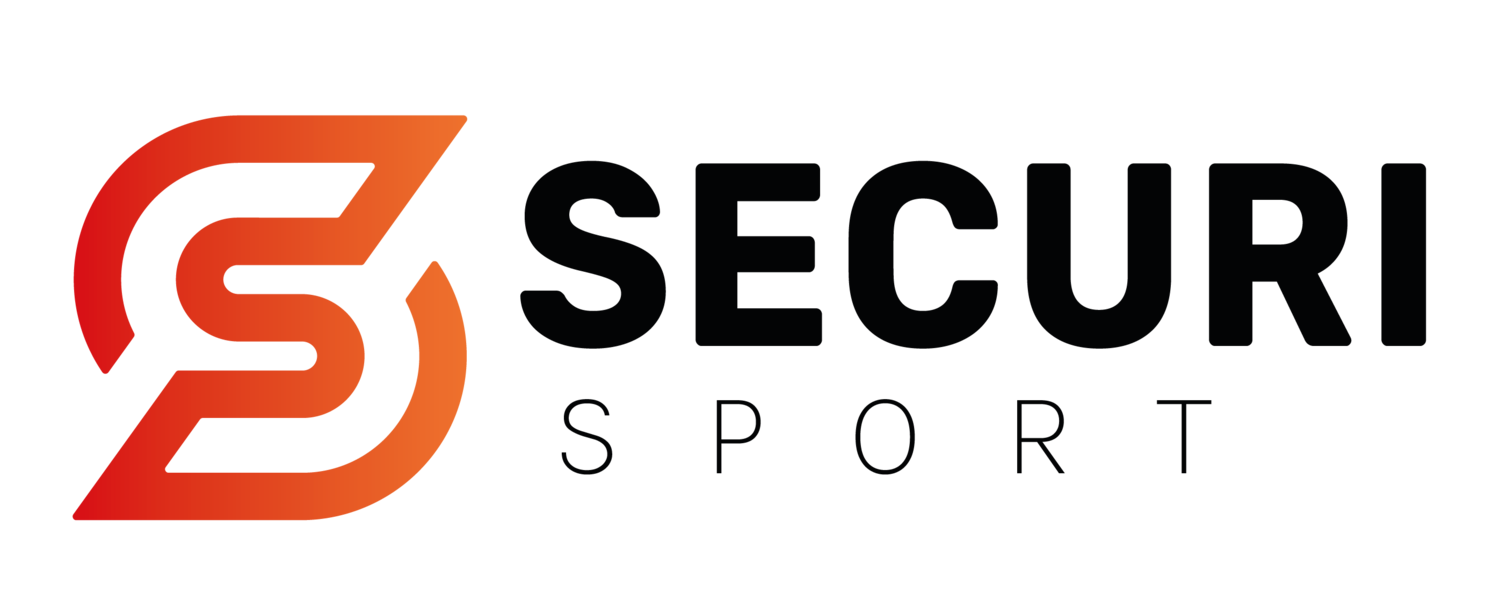PREPARATION OF PRINT FILES
Well-prepared graphic files help speed up the process of producing your promotional material. Follow the instructions on this page to optimize your designs and prepare them for printing.
GENERAL RULES
Colour space
Pantone Coated / CMYK
Files for printing must be produced in CMYK or Pantone Coated (preferred). The use of Pantone C. colours allows us to print the colours very accurately. (Please do not use RGB mode, which is a colour space intended for screen displays and therefore not convertible to print colours).
+ Accepted file types
.ai .pdf (desired formats) .psd .indd .jpeg .tiff (other formats accepted)
Having vector files allows our graphics department to correct your files if necessary. We can move your texts and elements that may be on a seam or a joint, or that may be too close to the edge and disappear during cutting, by a few cm.
Minimum resolution required
100 DPI in real format
The resolution of your image, expressed in DPI, represents the number of pixels per inch.
+ Bleed
1 inch
The bleed is the part of your image that extends outside the trim lines. For example: for a product with a final format of 24''x36'' to which we recommend adding 1'' bleed, the file format will be 26''x38'' (adding 1'' on each side).
+ Typography
Vectorize or attach the fonts used
It is mandatory to vectorize (create outlines) all fonts used in your document. If you need or want to leave the text editable, do not vectorize but attach a folder containing the files of the different fonts to your submission.
+ Images
Include the images in the file or provide the files
Try to include the images in your file as much as possible. This will speed up the processing of the file. Otherwise, include your images in a folder that you add to your submission.
FILE TRANSFER
+ WeTransfer
To send large files, please use the WeTransfer website: https://wetransfer.com/Envoyez your files to the email address of your project manager. You can add up to 2 GB of files.

